Advantages of Battery Assembly Lines
Battery Assembly Line:
The assembly line is the heart of the battery manufacturing process. After inter-cell welding, heat sealing and other related processes, the batteries begin to resemble the final product.
Until recently, this crucial stage used to be one of the most labor-intensive.
In the realm of modern technology, batteries play a pivotal role in powering countless devices, from smartphones to electric vehicles (EVs). With the surge in demand for cleaner energy solutions, the production of batteries has become increasingly crucial. At the heart of this production lies the battery assembly line—a sophisticated system designed for the efficient manufacturing of batteries. Let's delve into what exactly a battery assembly line entails and how it contributes to shaping our future.
What is a Battery Assembly Line?
A battery assembly line is a specialized manufacturing process designed to produce batteries on a large scale. It consists of a series of interconnected stations or workstations where various components are assembled to create a functional battery. These components typically include electrodes, electrolytes, separators, casing materials, and other necessary elements depending on the type of battery being produced.
The Process
The assembly line begins with the preparation of raw materials. This involves quality control checks to ensure that all materials meet the required specifications for battery production. Once approved, the materials are fed into the assembly line where automated machinery or skilled workers carry out the assembly process.
1. Component Assembly: The first stage involves the assembly of individual battery components such as electrodes and separators. These components are carefully aligned and integrated to form the basic structure of the battery.
2. Cell Formation: In this stage, the assembled components are combined with electrolytes to create cells. These cells serve as the building blocks of the battery and are where the chemical reactions occur to generate electrical energy.
3. Battery Pack Assembly: Once the cells are formed, they are grouped together and connected to form a battery pack. This involves the arrangement of cells in a specific configuration and the installation of protective casing and terminals.
4. Testing and Quality Control: Throughout the assembly process, batteries undergo rigorous testing to ensure they meet safety and performance standards. Various parameters such as voltage, capacity, and temperature are monitored to identify any defects or irregularities.
Further reading:
The Operation of a Balcony Power Plant
How do Liner Dampers Work?
10 Reasons Why Landscape Architects Love Our Lighting Products
Precision and Reliability: The Essentials of Medical PCB Assembly
Do String Lights need to be UL certified?
What is an LCD Display : Construction & Its Working
Do Wireless Car Chargers Drain Car Battery?
5. Packaging and Shipping: Once the batteries pass quality control checks, they are packaged and prepared for shipping to customers or distribution centers.
Advantages of Battery Assembly Lines
Battery assembly lines offer several advantages, including:
- Efficiency: By automating repetitive tasks and streamlining the production process, assembly lines can significantly increase productivity and reduce manufacturing time.
- Consistency: Standardized procedures and quality control measures ensure that each battery produced meets the same high standards of performance and reliability.
- Scalability: Assembly lines are designed to be scalable, allowing manufacturers to ramp up production in response to increasing demand without compromising quality.
The Future of Battery Assembly Lines
As the demand for batteries continues to grow, advancements in technology are driving innovation in battery assembly lines. Automation, robotics, and artificial intelligence are being increasingly integrated into assembly line processes, further enhancing efficiency and precision.
Moreover, with the rise of electric vehicles and renewable energy systems, battery assembly lines are poised to play a pivotal role in shaping the future of transportation and energy storage. Companies are investing heavily in research and development to improve battery technology and optimize production processes, making batteries more affordable, efficient, and sustainable.
Conclusion
In conclusion, the battery assembly line is a critical component of the modern manufacturing landscape, facilitating the mass production of batteries to meet the growing demands of various industries. By leveraging advanced technologies and efficient production methods, assembly lines play a vital role in driving innovation and progress in battery technology. As we continue to transition towards a cleaner and more sustainable future, the importance of battery assembly lines in enabling this transition cannot be overstated.
For inquiries about battery assembly line solutions, please don't hesitate to contact us.
Further reading:Installing a Suspension Clamp: A Comprehensive Guide
How Automotive Starter Battery Works?
What industries benefit from touch screen industrial PCs?
Versatile Applications and Advantages of LiFePO4 Batteries
How much do you know about alkaline batteries?
How does an Android Panel PC work?
PTC Heating Element for Thermostat: Innovation in Temperature Control
Previous: The Operation of a Balcony Power Plant
Related Articles
If you are interested in sending in a Guest Blogger Submission,welcome to write for us!






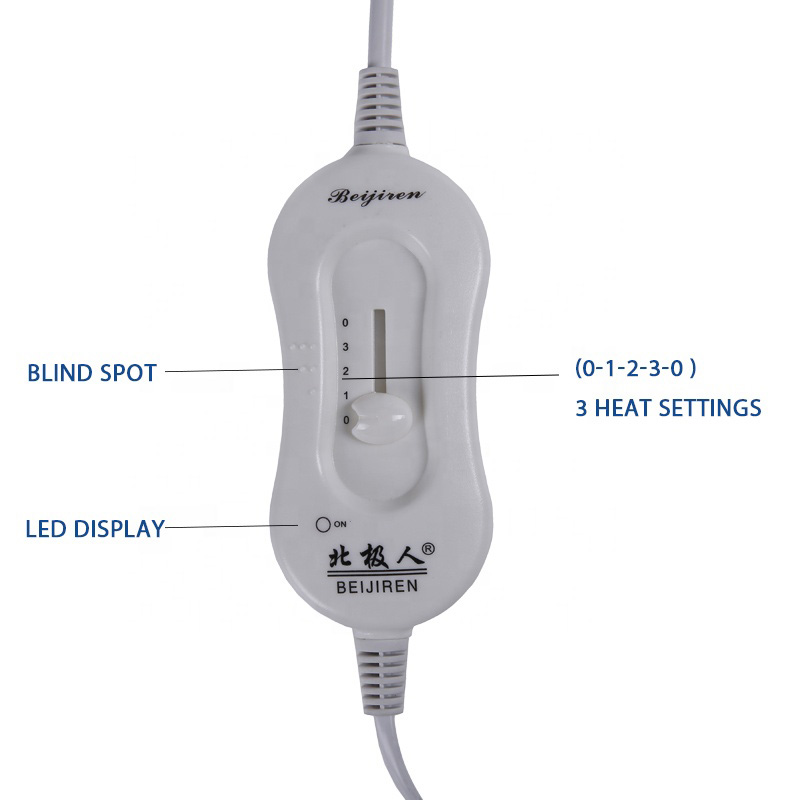
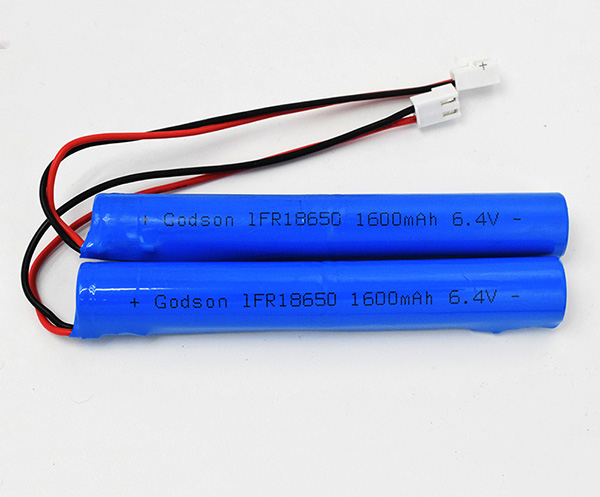
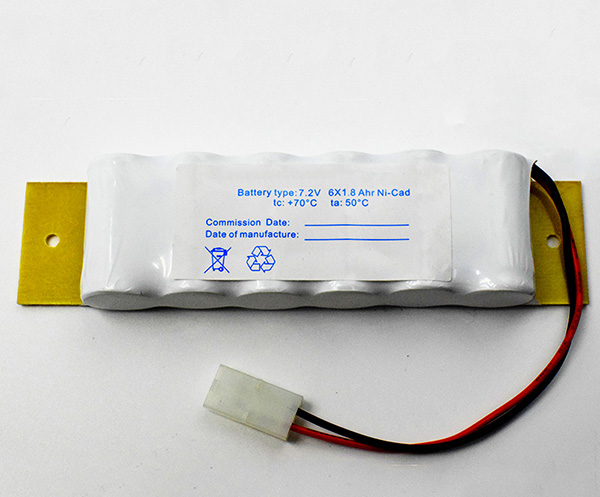
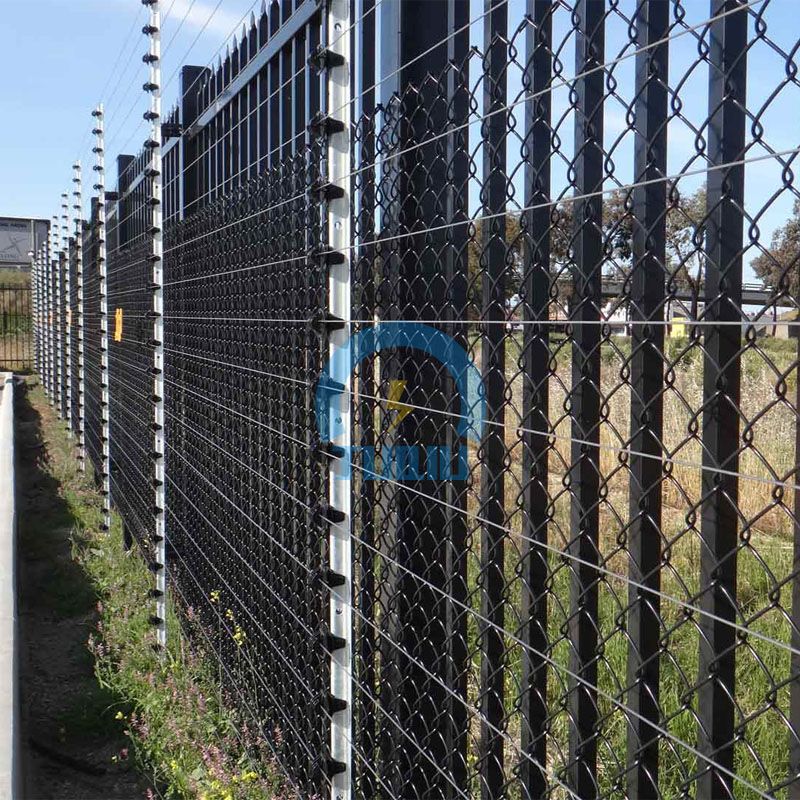
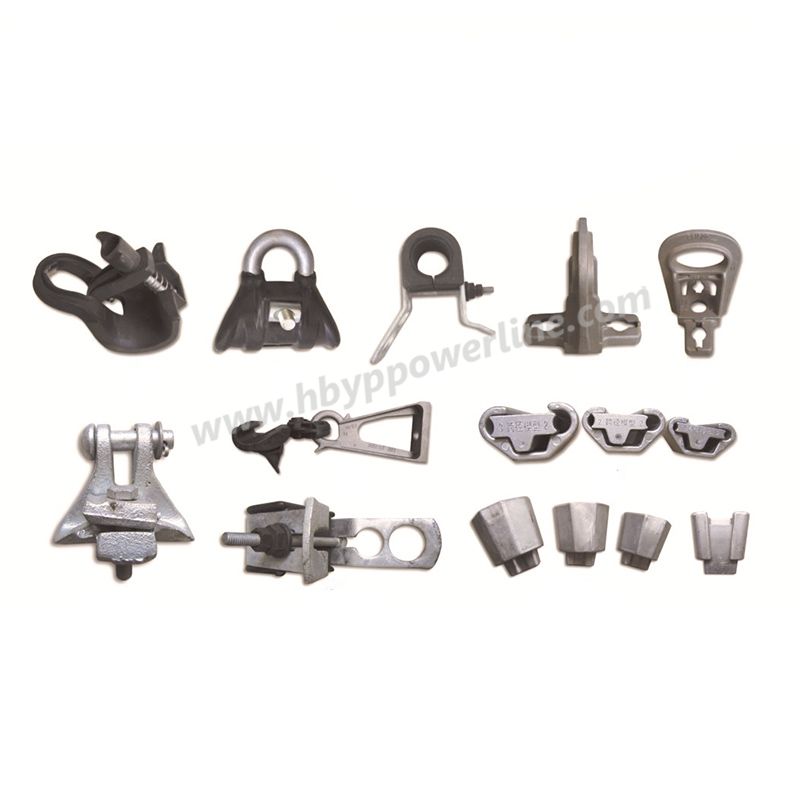
Comments
0